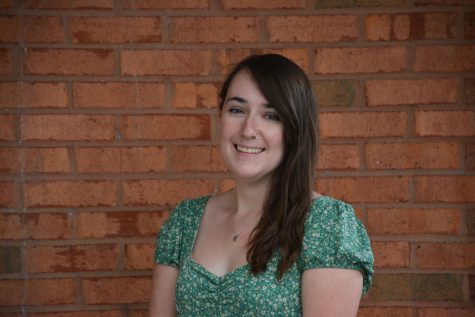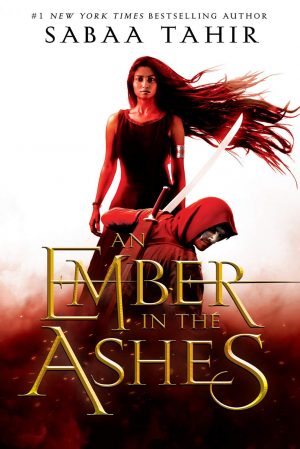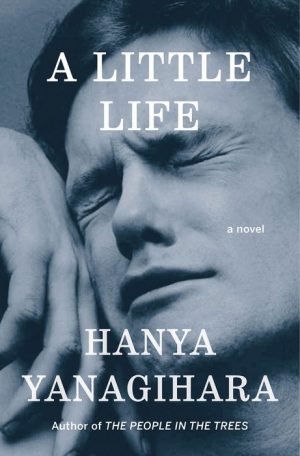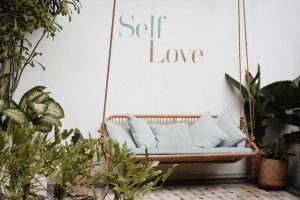An Artistic Response to Ongoing Global Refugee Crises
Artwork displayed at the Hand Art Center. Photography done by Natalie Bergeron.
September 24, 2019
Rick Schaefer, an artist who spent his childhood traveling due to being born into a military family, chose to respond to the ongoing refugee crises around the world with a creative medium: charcoal panels. Mr. Schaefer’s three charcoaled panels are now on display in Stetson University’s Dolly and Hand Art Center, representing three major milestones within the dangerous and life-threatening journeys which many refugees experience: fleeing on land, fleeing on water, and hostility at borders. His works are a series of three triptychs, which is artwork that is divided into three sections.
“The Refugee Trilogy,” in which took Mr. Schaefer a six months to complete, successfully displays to viewers a snapshot of the emotional journey these refugees go through, which can at times be skipped over by media coverage. In the midst of political outrage and anger over land disputes, Mr. Schaefer used his artistic platform to display this issue for what it is: a display of human pain, suffering, as well as bravery. As Mr. Schaefer said, “Crossing” seemed to give the titles the right feeling of transience and movement. The journey is one of constant flux, adaptation, and shifting elements of hardship.”
The urge to act upon global issues such as the refugee crisis may not seem like a topic for artists, but often, creative minds use their craft to respond to the world around them. When asked about his reasoning for being moved to depict the plight of refugees in his artwork, Mr. Schaefer said, “[Inspiration] for the ‘Trilogy,’ [came from] the overwhelming onslaught of media coverage […] at some point it just became impossible as an artist to avoid some kind of gesture or response to the vast human tragedy that was unfolding.”
Mr. Schaefer also made a point to emphasize that the unpredictableness of displacement is something he feels we can all relate to, “We are all ‘immigrants’ or even refugees at some point in our family trees.” This causes the refugee crisis a relevant topic necessary for conversation, not just within media coverage.
While viewing all three of Mr. Schaefer’s triptychs, “Land Crossing,” “Water Crossing,” and “Border Crossing,” it is easy for viewers’ eyes to be drawn to the detailed pain on each of his subjects’ faces. The charcoal medium he utilized allows for his confident and purposeful linework to shine through.
“Doing large drawings in this material lets you expand your style to a more open and gestural approach which I like very much. It’s more fluid and spontaneous somehow at that scale,” Mr. Schaefer said regarding using charcoal as the medium for his “Trilogy” works. This “gestural approach” that Mr. Schaefer references is prevalent within his final works by the clear linework. It can also can be studied on a closer level within the thumbnails and rough composition sketches which are on display alongside the charcoal triptychs as well.
Although all three pieces are equally impressive, viewers may want to pay extra attention to “Water Crossing.” Personal preferences may differ, but according to the artist himself, he does have a favorite out of the three.
“Well, as they say, [choosing a favorite work is] like choosing between your kids, but I do like the dynamic thrust of ‘Water Crossing’ and the fact that the energy of the wave from left to right runs smack into the direction the boat is attempting to go. Metaphoric of course,” Mr. Schaefer said.
Stetson University students and faculty now have the opportunity to view this moving work on display until Oct. 14 in the Dolly and Hand Art Center. Students can also use this experience to gain a cultural credit by filling out a reflective worksheet that is provided by employees at the Dolly and Hand Art Center.








